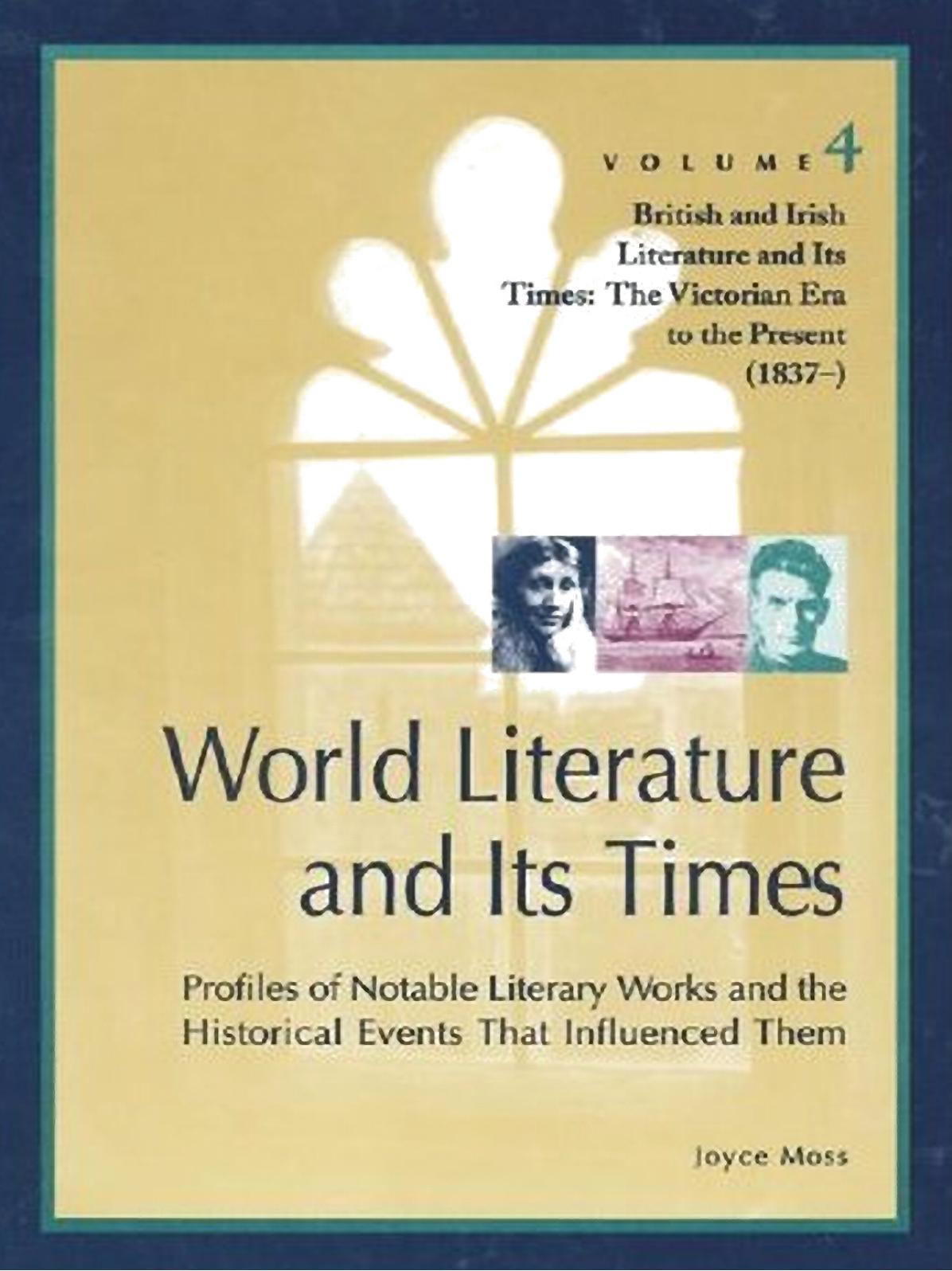

Most ebook files are in PDF format, so you can easily read them using various software such as Foxit Reader or directly on the Google Chrome browser.
Some ebook files are released by publishers in other formats such as .awz, .mobi, .epub, .fb2, etc. You may need to install specific software to read these formats on mobile/PC, such as Calibre.
Please read the tutorial at this link: https://ebookbell.com/faq
We offer FREE conversion to the popular formats you request; however, this may take some time. Therefore, right after payment, please email us, and we will try to provide the service as quickly as possible.
For some exceptional file formats or broken links (if any), please refrain from opening any disputes. Instead, email us first, and we will try to assist within a maximum of 6 hours.
EbookBell Team

4.3
38 reviewscentury is a shrinking sphere. Innovative
modes of transmission make communica-
tion from one continent to another almost in-
stantaneous, encouraging the development of an
increasingly global society, heightening the ur-
gency of the need for mutual understanding. At
the foundation of World Literature and Its Times
is the belief that within a people's literature are
keys to their perspectives, their emotions, and
the formative events that have brought them to
the present point.
As manifested in their literary works, societies
experience phenomena that are in some respects
universal and in other respects tied to time and
place. T. S. Eliot's poem The Waste Land, for ex-
ample, is set in post-World War I London, when
Europe was rife with disenchantment. Coinci-
dentally, Juan Rulfo's novel Pedro Paramo, set in
Latin America over a spread of decades that in-
cludes the post-World War I era, features a pro-
tagonist whose last name means "bleak plain" or
"waste land." The two literary works, though
written oceans apart, conjure a remarkably sim-
ilar atmosphere. Likewise Aphra Behn's novel
Oroonoko, set largely in the British colony of Suri-
nam in the early 1660s, and Miguel Barnet's Bi-
ography of a Runaway Slave, beginning in 1860 in
the Spanish colony of Cuba, both feature defiant
slaves. The plots in this case take place two cen-
turies apart, suggesting that time, as well as place,
is of little consequence. A close look at the two
slaves, however—and the two waste lands re-
ferred to above—exposes illuminating differ-
ences, indeed related to the times and places in
which the respective works are set.
World Literature and Its Times regards both fic-
tion and nonfiction as rich mediums for under-
standing the differences, as well as the similari-
ties, among people and societies. In its view, full
understanding of a literary work demands atten-
tion to events and attitudes of the period in which
a work takes place and of
…